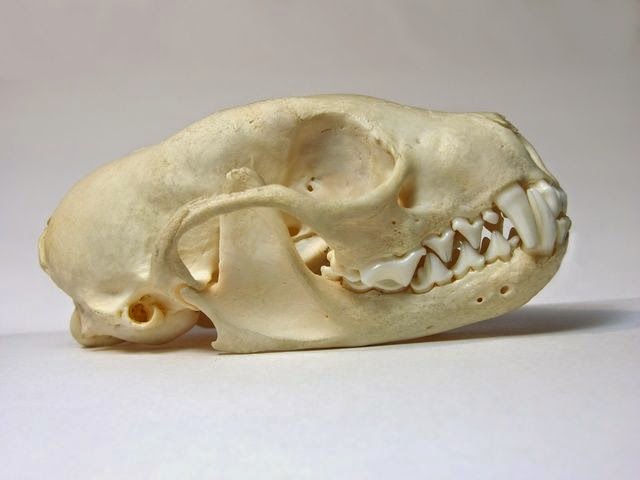Have you spotted beech martens in your area? If so, be
careful, they love to gnaw automobile wires in half! They are, however, also
useful and important distributors of seeds of fruiting plants!
.jpg) |
| Beech marten from BHL. |
Typical beech
marten is around 60 cm long, gray-brown in color and with a white ruff. They
belong to the family Mustelidae, like Badgers, Otters or Weasels for instance.
Martens are mainly nocturnal, living in places with plenty of cover, like edges
of forests, rocky terrain, quarries and near human dwellings. They move in
short jumps and are excellent climbers. In high mountain ranges during summer
months, martens may be found up to 4000 meters elevation. They are often found
in attics or old structures, where they hunt for rodents, birds, eggs, small
invertebrates and various remnants of food. Martens mate in the summer.
Geographically, martens occur in Europe and Asia, and were transported to USA.
 |
| Combat between otter and marten from Brehm's Life of animals. |
The females give
birth in February or March, after a six-week long gestation period. Average
litter size is three cubs. They are blind for the first five weeks, and leave
the mother at around two months of age. In captivity, martens live up to
seventeen years. In nature, where they have many enemies, they usually live for
only three years. In captivity, young martens may be readily tamed, and with proper
care, remain tame even after maturing.
 |
| Skull of marten from EoL. |
One
recommendation at the end, martens may be chased out of a home by distributing
dropping of large wild cats where they reside. For more information visit
Biodiversity Library Exhibition. Stay tuned!

No comments:
Post a Comment